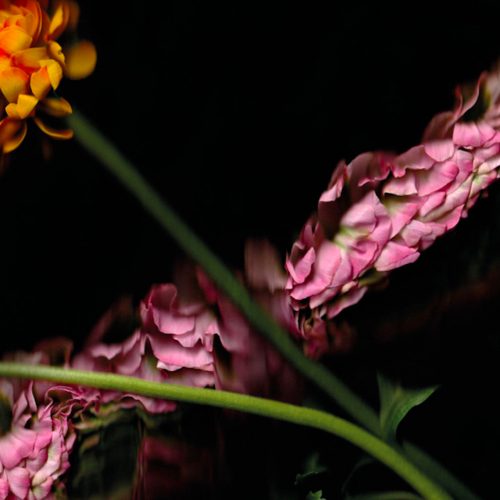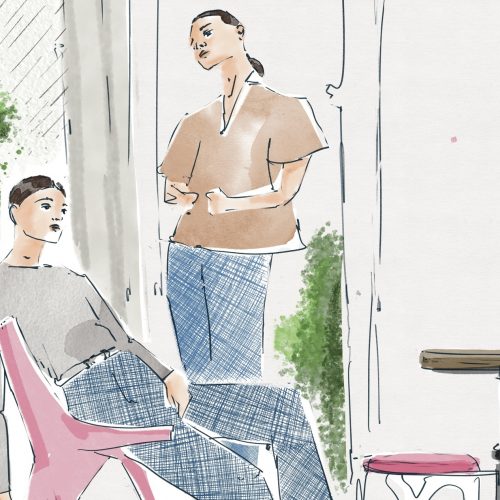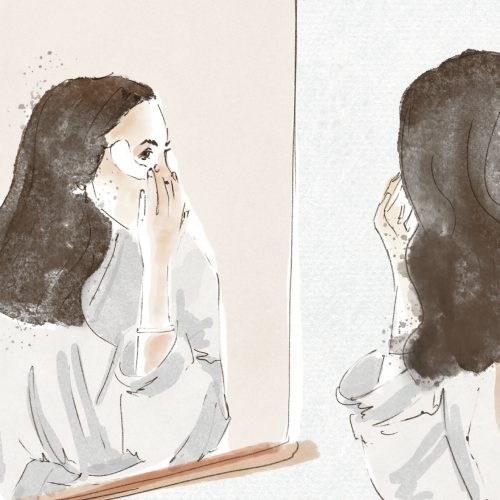From Roadkill To Invasive Species | Is There A Sustainable Way To Eat Meat?
What are the first three words that come to your mind when you hear 'Roadkill'? Disgusting? Grotesque? Delicious? Chefs and foragers across the globe are looking into invasive species and carrion meat as a sustainable alternative to the meat industry.
To receive the Luxiders Newsletter, sign up here.
THE PROBLEM WITH MEAT
Meat consumption is responsible for releasing greenhouse gases such as methane, CO2, and nitrous oxide. These gases contribute to climate change, such as global warming. Livestock farming contributes to the destruction of forest ecosystems, due to the clearing of habitats to house animals. . Red meat is considered the most unsustainable, with chicken being viewed as less pollutive option.
Meat also uses a huge amount of water. An estimated 92 percent of the global water footprint goes towards agriculture, 29 percent of which is used in animal production.
SUSTAINABLE "MEAT"
There is sustainably-farmed meat, but not enough to satisfy growing global demands. Lab grown meat is viewed as a viable sustainable option for red meat lovers. However, it is still too expensive to be accessible for most of the population. Many also worry about the chemicals used in lab grown meat, leading to a stigma and fear of illness.
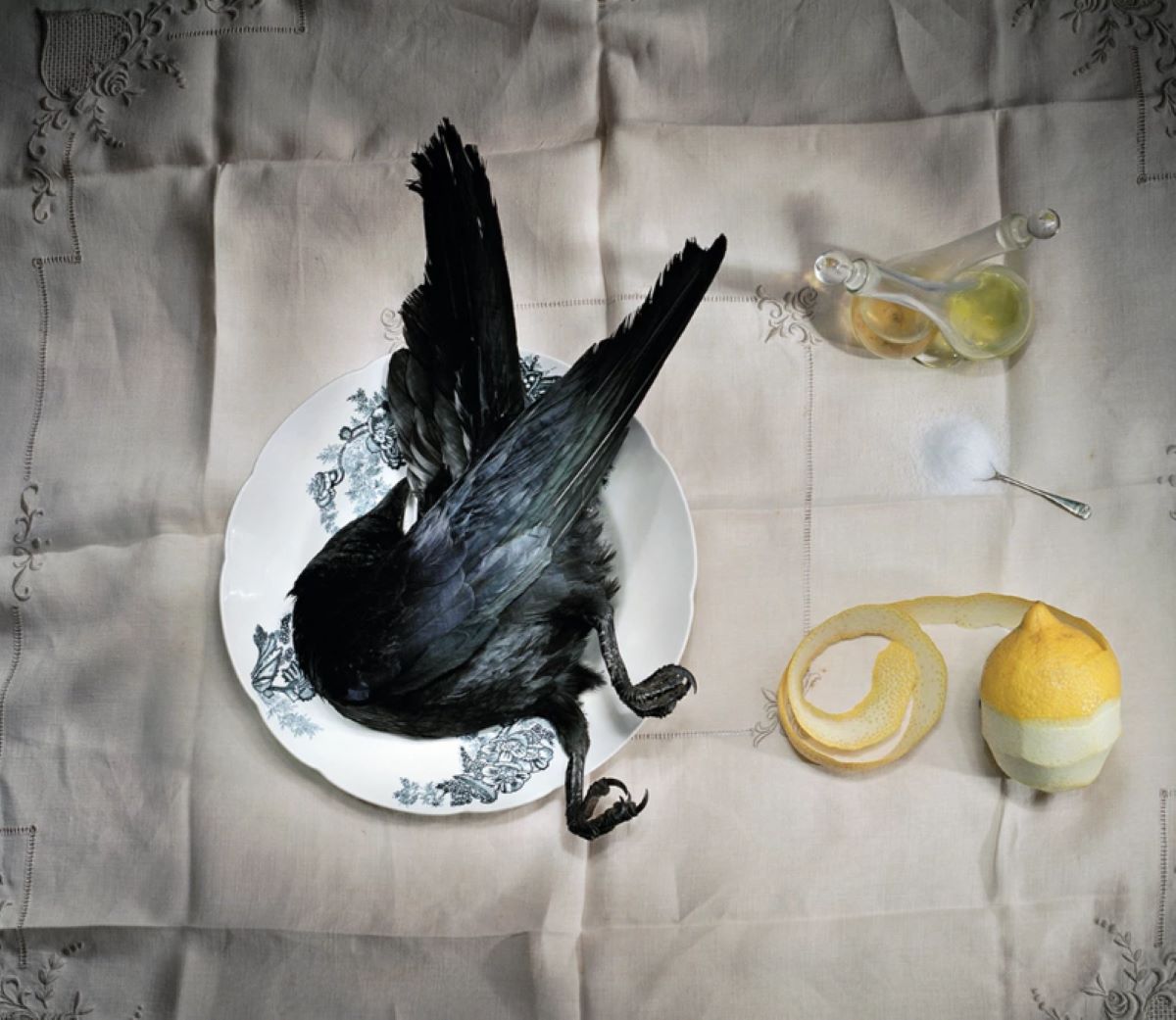
© Marian Drew
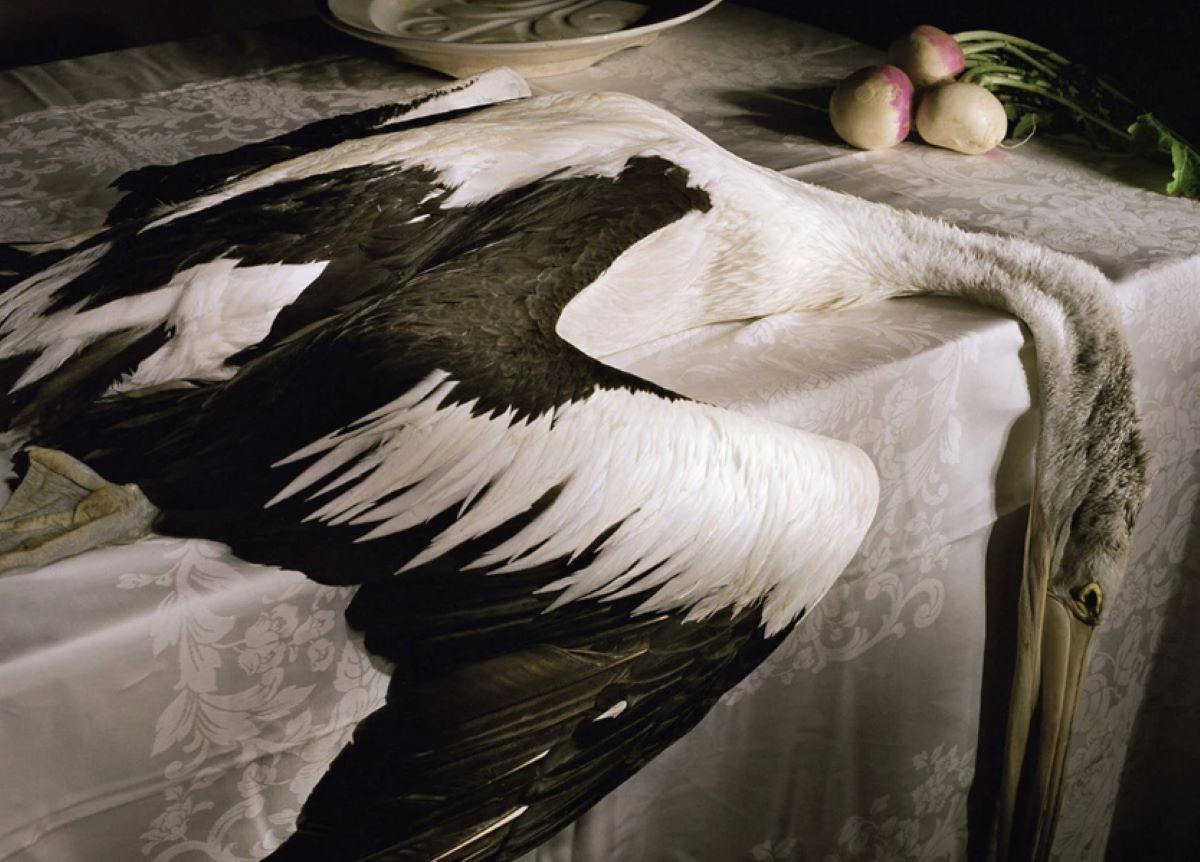
© Marian Drew
ROADKILL: A SUSTAINABLE ALTERNATIVE?
Around 194 million birds and 29 million mammals are thought to be killed each year on European roads, according to a new study. Where as we may look at this statistic with sadness, there are some out there who view this as an opportunity. The practice of eating roadkill isn't anything new. Nicknamed 'Roadkill cuisine', it is primarily popular in the United States and Canada.
Artist Marian Drew, describes her choice to explore roadkill in her work, Australiana Still Life: "I wanted to use road kill because I wanted to bring them to people's attention. I, like a lot of other people, have been ignoring them for a long time. I wanted to show them as the beautiful animals that they are, and by placing them onto tables within an art tradition that is 'still life'"
"I was trying to show that there is no separation from our comfortable domestic life and the wild animals that live with us. They are not 'out there' safely jumping or flying about, they are living with us and suffering from our urban expansion, fast cars and powerlines. I tried to get people to look at them and think about the situation." Marian says.
Are there any benefits to Roadkill Cuisine? Surprisingly, quite a few. Game has been proven to have a large amount of protein and less fat. What's more, it's high in B vitamins, including B2, which can regulate the metabolism. With sustainability, there are a few advantages. The creature itself has been killed accidentally, therefore the meat can either be consumed or thrown away. Therefore, consuming the meat is viewed as using the otherwise discarded carrion meat.
It isn't all positives. Roadkill comes with a risk. The Food Standards Agency doesn’t advocate eating roadkill. Fears surrounding possible parasites and diseases mean that roadkill must be treated carefully. It is recommended that any when creating your roadkill cuisine you need to ensure the meat is still fresh.
Game meat has also not been raised under the care of veterinarians. Animals that go to slaughter, in many situations, have a food safety inspector on site. E. coli O157 is found in ruminants, such as moose and deer. Whilst some argue for the sustainability of roadkill, it is unlikely to ever be an option for ethical meat.
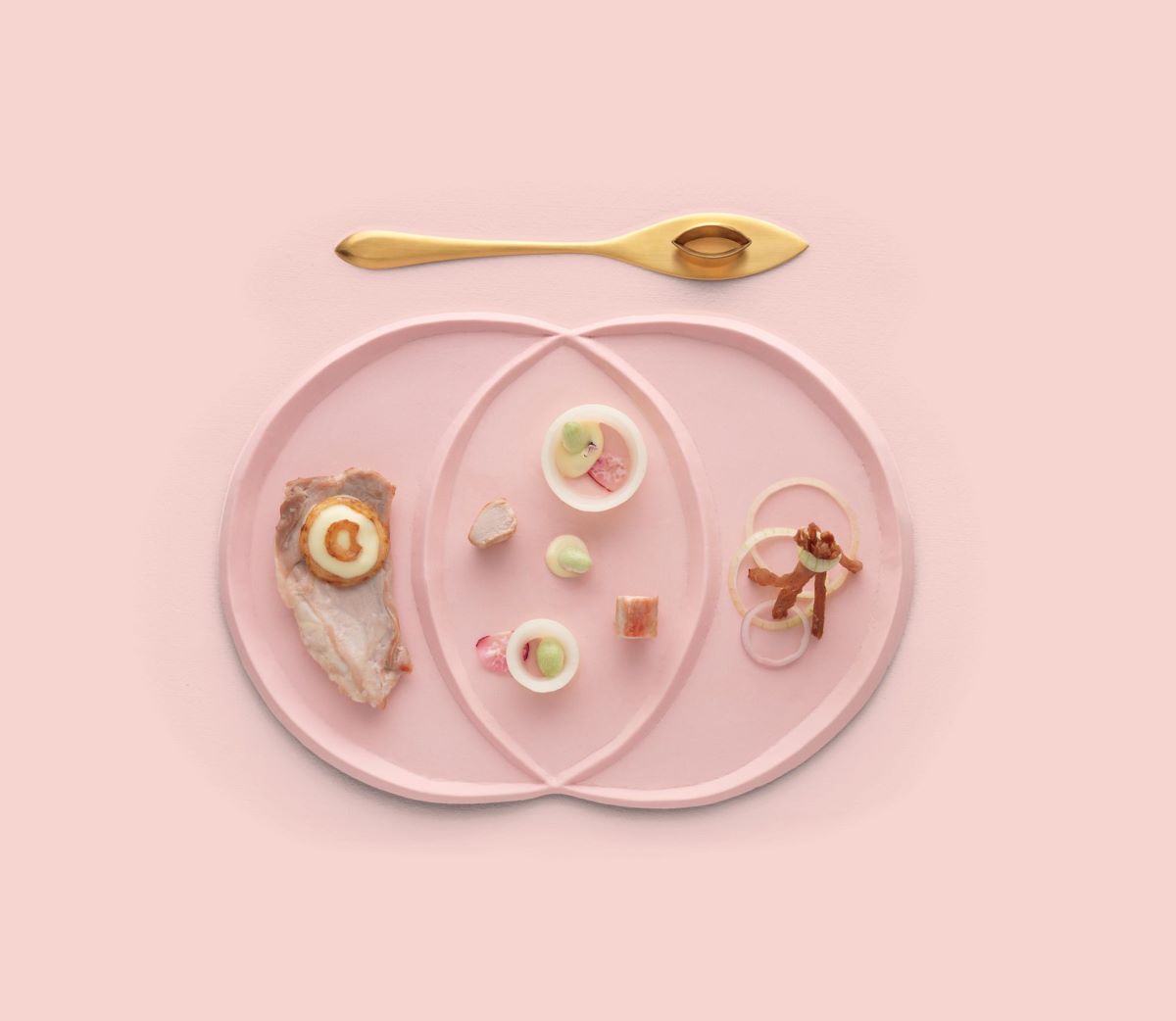
© Rémi Chauvin
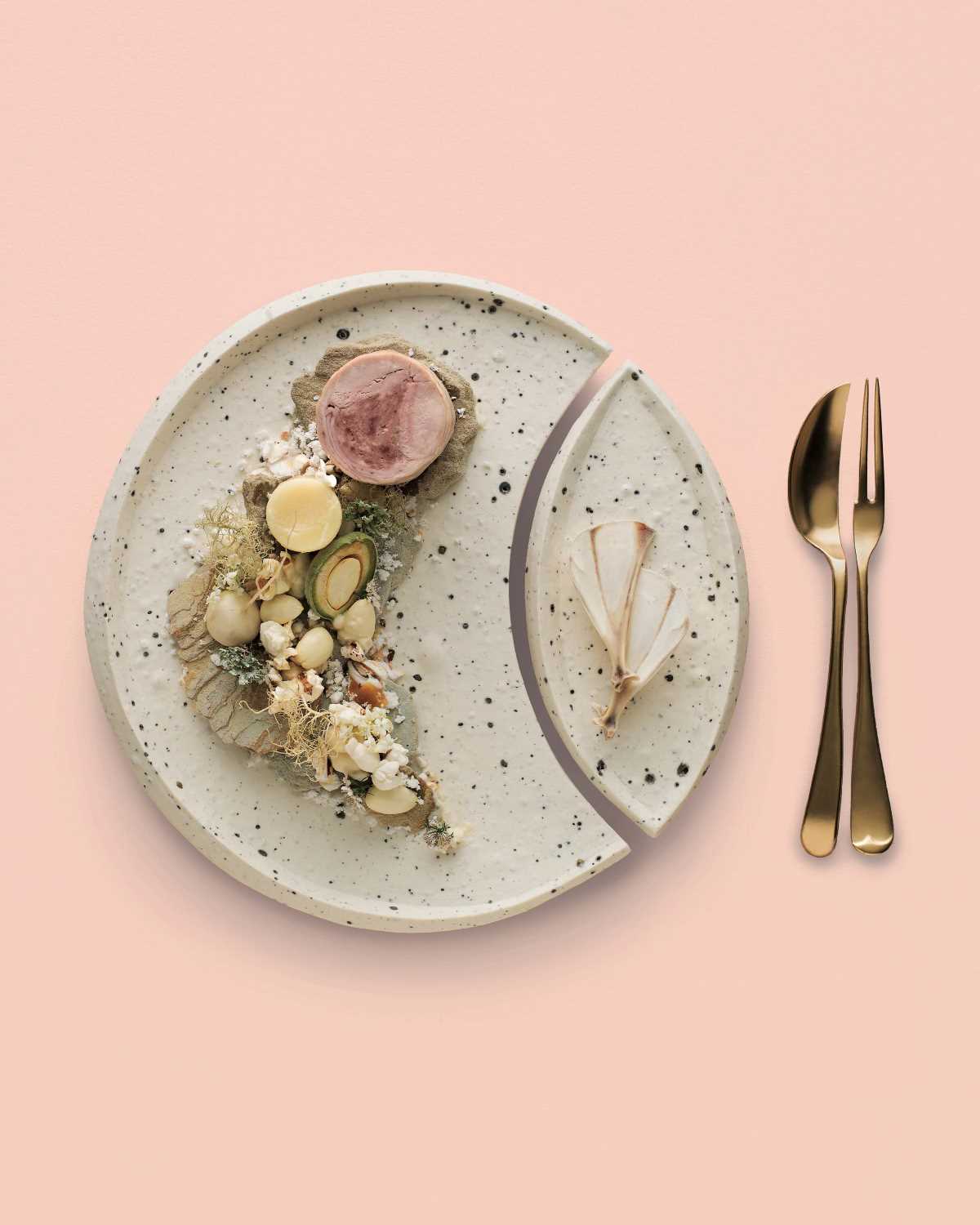
© Rémi Chauvin
EAT THE PROBLEM: INVASIVE SPECIES AS A SUSTAINABLE MEAL
Eat the Problem is a surrealist compendium of food and art from Mona. Comprising a series of ‘recipes’ using invasive species—both real and surreal—focusing on transforming flaw into feature.
Conceived and curated by Kirsha Kaechele, Eat the Problem is a 544 page cook book detailing various cultural and expressive recipes including invasive species. It features the contributions of artists whose work is in Mona’s permanent collection, as well as noted chefs, writers, and scientists from around the world. Along with meditations on eating, destroying, or transforming invasive species into art, Eat the Problem includes recipes for life in the form of poetry, essays, scatological musings and interviews.
Eat the Problem features recipes ranging from Shannon Bennett’s Rabbit with Smoked Potato and Onion to making Real Rabbit Glue; Ritual Rites for a Lover using magic mushrooms by Toni Rands to the short essay Jesus and the Sacred Mushroom by Scott Mowry.
Kirsha Kaechele says: "This book is a surreal and appetising way to reimagine what we think of as invasive. It celebrates an abundance of pests, and the art of transforming shit into gold. Eat the Problem is an exercise in systems based thinking, solving multiple problems at once with stylish and delicious results."
“Eat the Problem brings to life the practice of transforming shit into gold”
MORAL MEAT: CAN MEAT CONSUMPTION EVER BE ETHICAL?
Creating a market demand for already vulnerable species through roadkill cuisine isn't sustainable. A study completed in 2020 shows how vulnerable some of these game species are becoming. Furthermore, how ethical is the roadkill process? These animals are being killed by our infrastructures (roads, cars). The increase of cars on the road, which has lead to more pollution has resulted in more animals being killed each year. The roads itself are an issue too. Creating roads involves destroying local habitats, which is further putting these species at risk. Therefore, the process of roadkill is inherently linked to pollution and unsustainability.
Creating a demand for invasive species is also not sustainable. These are still creatures, contributing to a delicate ecosystem. If we reduce their population too much, efforts might need to be made to sustain them. For the exhibition, Mona had to import most of its invasive ingredients. Transportation and supply chains are something known to be unethical, and contribute to further C02 emissions.
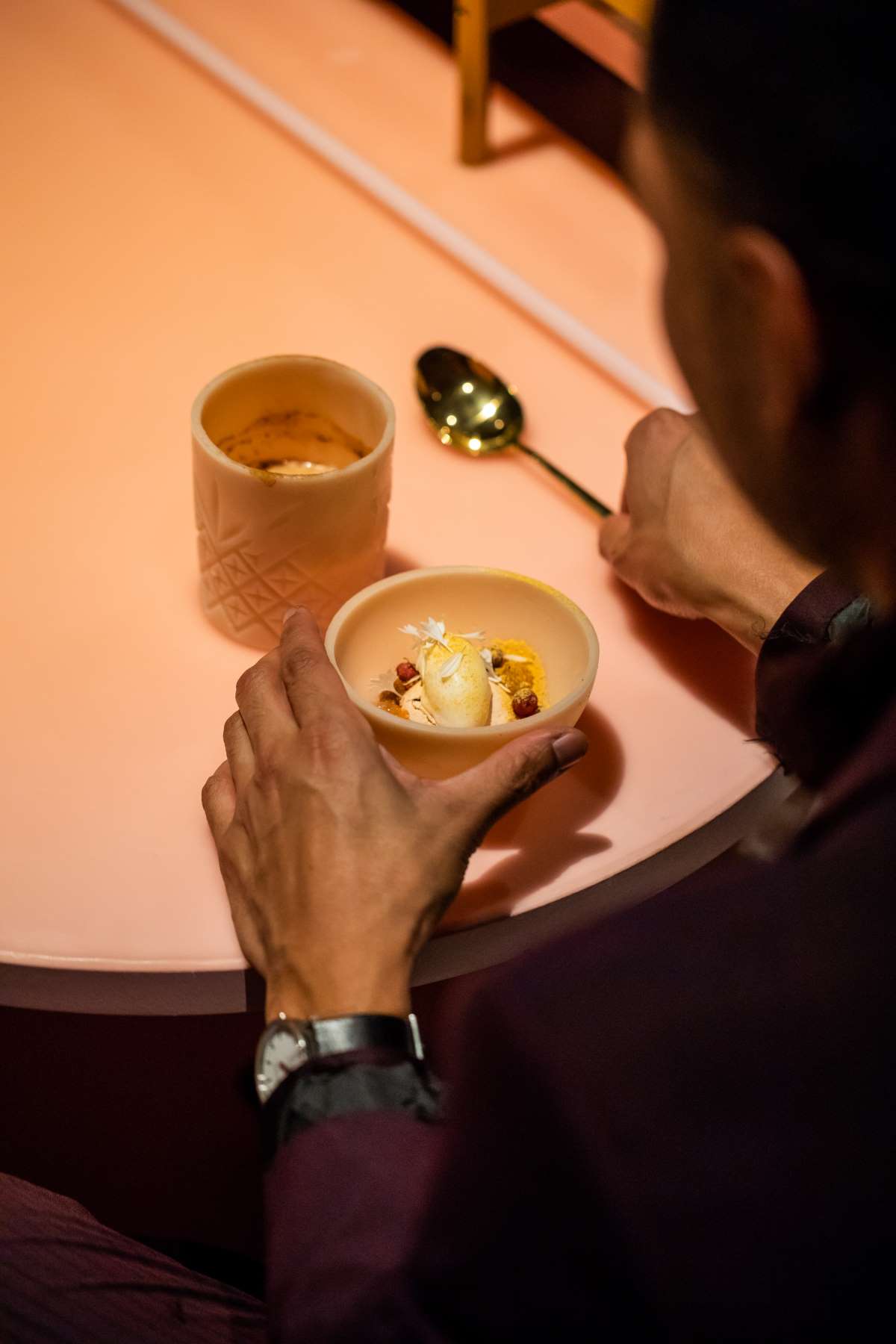
© Mona Museum/Jesse Hunniford
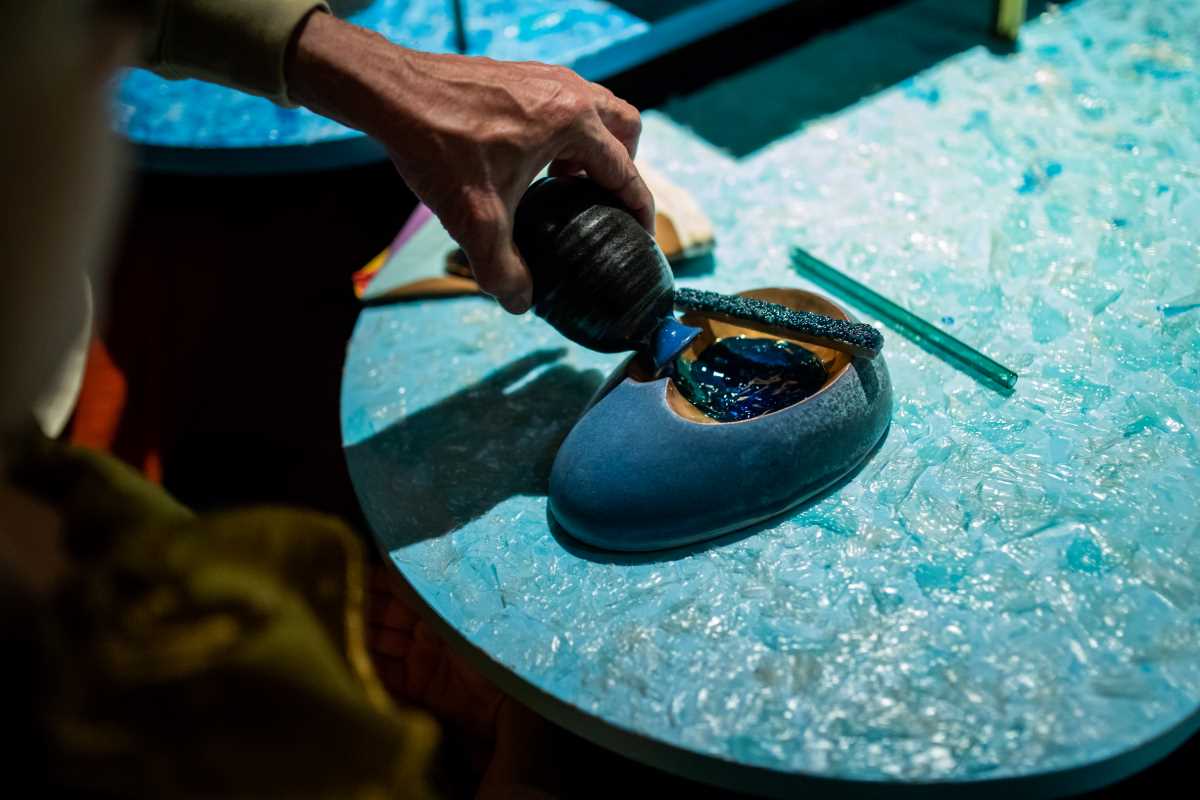
© Mona Museum/Jesse Hunniford
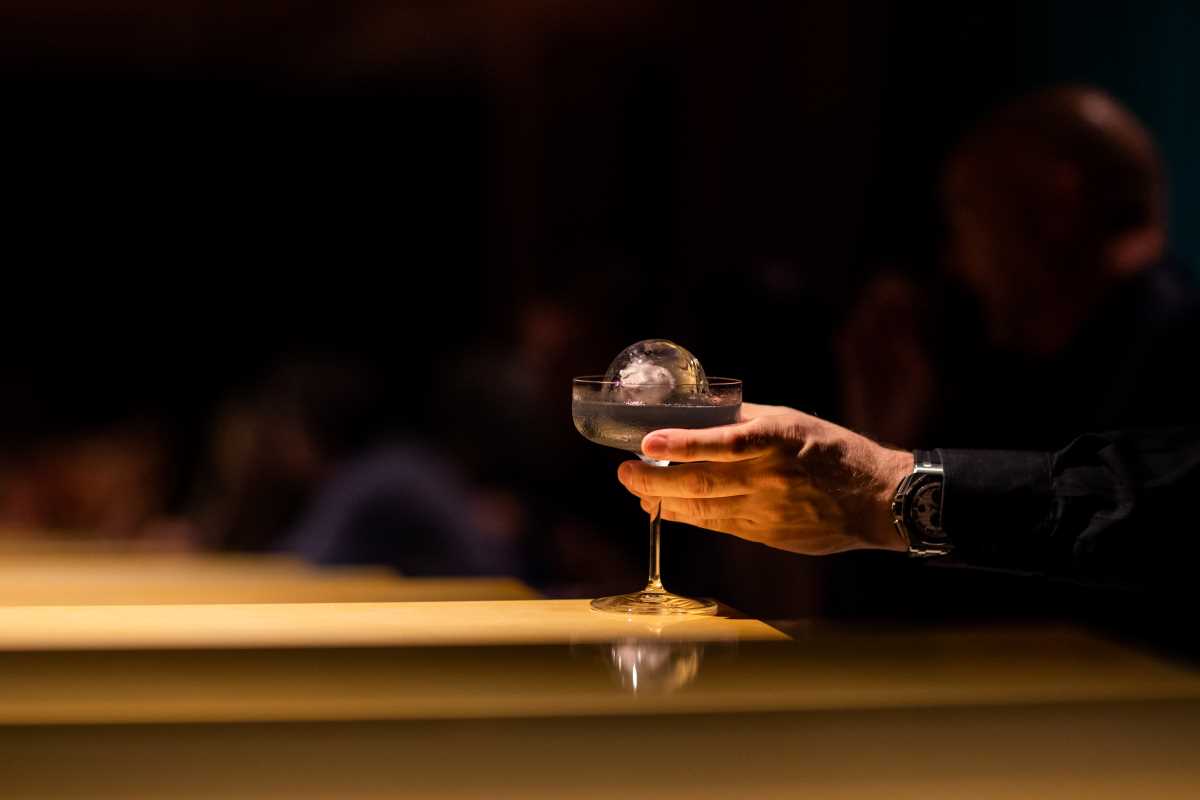
© Mona Museum/Jesse Hunniford
Ethical meat consumption is still something we do not have a true answer for. The possibility of invasive species and roadkill cuisine is something to consider, but each comes with its own challenges. As our world becomes more committed to finding sustainable solutions, we will see advancements in these new options. We don't ever see roadkill or invasive species ever being a replacement for our meat industry. Opening up the conversation surrounding sustainable meat options is something to be encouraged and explored. The demand for sustainable meat is increasing, which we hope will one day be a reality.
Header Image Credit: Rémi Chauvin
+ Words:
Emily Fromant
Luxiders Magazine

